Up, up and away: immersive machine learning at Google
Bing Yuan Lee
Data Scientist, AirAsia
Koh Jia Jun
Software Engineer, AirAsia
Editor’s note: Today we’re hearing from team members from AirAsia, a Malaysia-based airline. They’re exploring how to apply machine learning (ML) to better serve their customers, and Bing Yuan, a data scientist, and Koh Jia Jun, a software engineer, along with colleagues, recently spent four weeks attending the Advanced Solution Lab (ASL) immersive training at Google. Here’s how their journey went.
Machine learning is a buzzword that has made its way across industries around the world. When we got the opportunity to work with Google to attend the ASL training to learn about TensorFlow and deep learning, we weren’t quite sure what to expect. Both of us had some prior exposure to ML and Python, whether from undergrad courses or self-taught from Coursera and Kaggle. Both of us are data science enthusiasts and enjoy reading blog posts and watching videos to keep tabs on the up-and-coming technologies.
After our four weeks of immersive learning, we can safely say the experience has made us better data scientists. More than ever, we feel more confident in our ability to materialize machine learning in the real world.
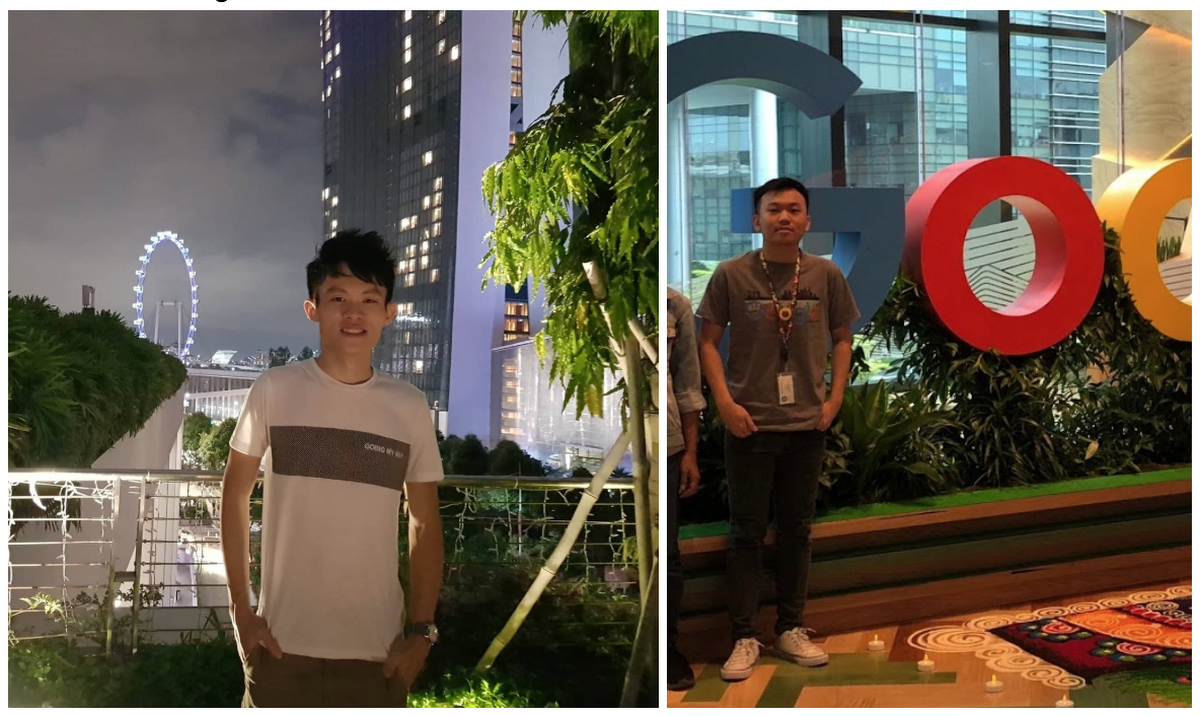

Prior to attending, we had a general understanding of the theoretical concepts of the common ML architectures and algorithms (linear and logistic regression, decision tree models, neural networks, and image and sequence models). A lot of this knowledge came from self-study, and we expected there’d be knowledge gaps here and there. Our group of seven AirAsia team members had varying levels of machine learning experience. The group consists of members from diverse technical backgrounds of data, analytics, software engineering, as well as aircraft engineering. For some of our colleagues, this would be the first time they were exposed to ML.
In this post, we’ll share our experience of the day-to-day life of the ASL, and share how we are applying our skills and experience today at AirAsia.
A day in the life at the ASL
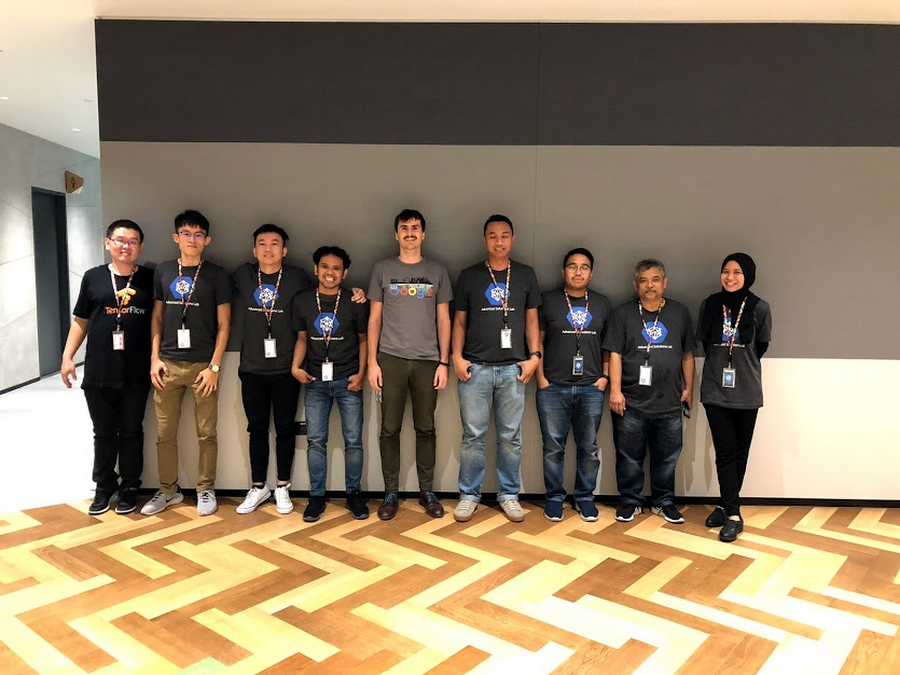

Class begins at 9am, but we arrived early to have a hearty meal at the Google Singapore campus. The choice of foods is abundant, not to mention the fresh juice and coffee corners in the office.
After fueling up, we started the day with the history of machine learning, then worked our way up to modern deep learning. We learned to appreciate the mathematical workings of neural networks and data processing best practices (data preparation and feature engineering are important, often underrated components for effective machine learning). Our instructors, both machine learning engineers at Google, infused our daily sessions with practical ML tips and tricks that they have learned.
We took a break for lunch around 1pm. Lunch is a chatter session between students and instructors. The topics were wide-ranging each day, from food preferences and entertainment to technical topics like the promises of machine learning or working through hypothetical questions by thinking things out loud. And no, we never forgot to ask the million-dollar question: How is it done at Google? The lunch session is also a cultural exchange between the east and the west, since people came from different sides of the world.
After lunch, energy waned a bit, but we were still going strong, picking up from where we left off during the morning. We usually wrapped up the session around 4 to 5 pm.
Finally, after a full day of content, we had evening outings to experience Singapore. We went to Gardens by the Bay and enjoyed the music-coordinated light shows. We also went to the Singapore Flyer to get a bird’s-eye view of the country. These were more than fun times; the immersive four weeks turned out to be an amazing networking experience that brought our team (located across different functions within AirAsia) together. This has translated to better group dynamics and higher productivity back at home.
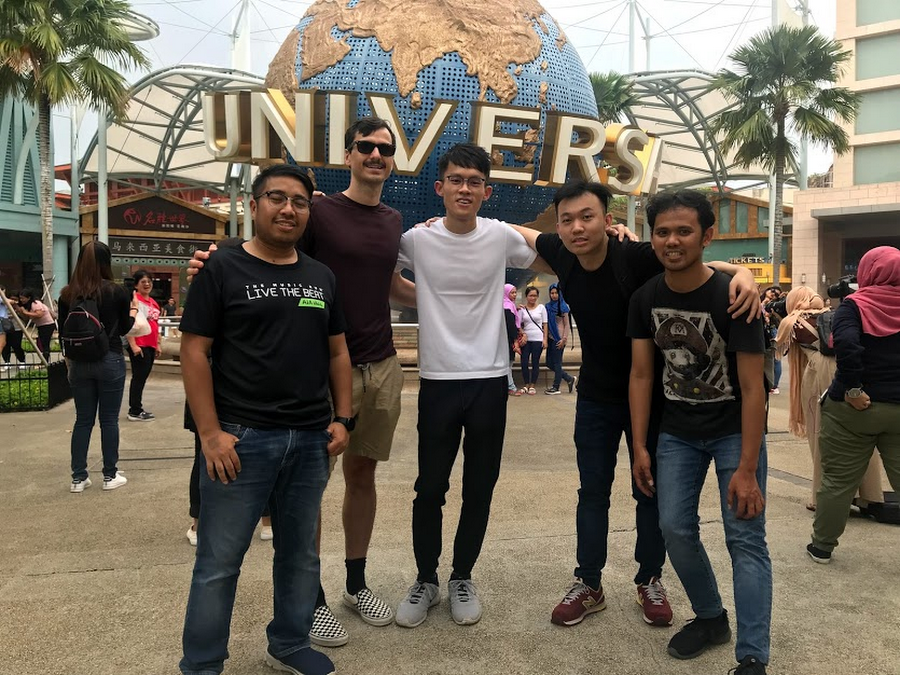

We also focused on productionalizing machine learning systems. It’s one thing to build an accurate model, but the full value of ML comes from building and deploying machine learning at scale. Traditionally, it takes hours and days for developers to build infrastructure to support model deployment at scale, let alone managing these moving gears solely on prem. This leads to ever-increasing human efforts and added complexity, as well as fragility of the logics maintained, which are prone to breaking. Thus, it was invaluable to get hands-on experience and training with tools like Cloud Dataflow for stream and batch data processing and AI Platform to build and deploy large-scale machine learning models. The combination of these tools on Google Cloud Platform (GCP) allows data scientists to focus on building robust models without brooding about DevOps, translating to reduced points of failure and increased productivity.


The first three weeks of the course were focused on learning and hands-on labs. Each session was highly interactive. There were a lot of questions and discussions going on throughout the sessions, so it was not a dull classroom lecture.
We learned to use Google Cloud, specifically TensorFlow to train machine learning models at scale. Each lab took a bit of effort and tinkering to get it working. But we were in good hands as the awesome instructors were there to help get us unstuck. The final week we were let loose to build our open projects to deploy an ML model on Google Cloud.
Putting our learning into practice with open projects
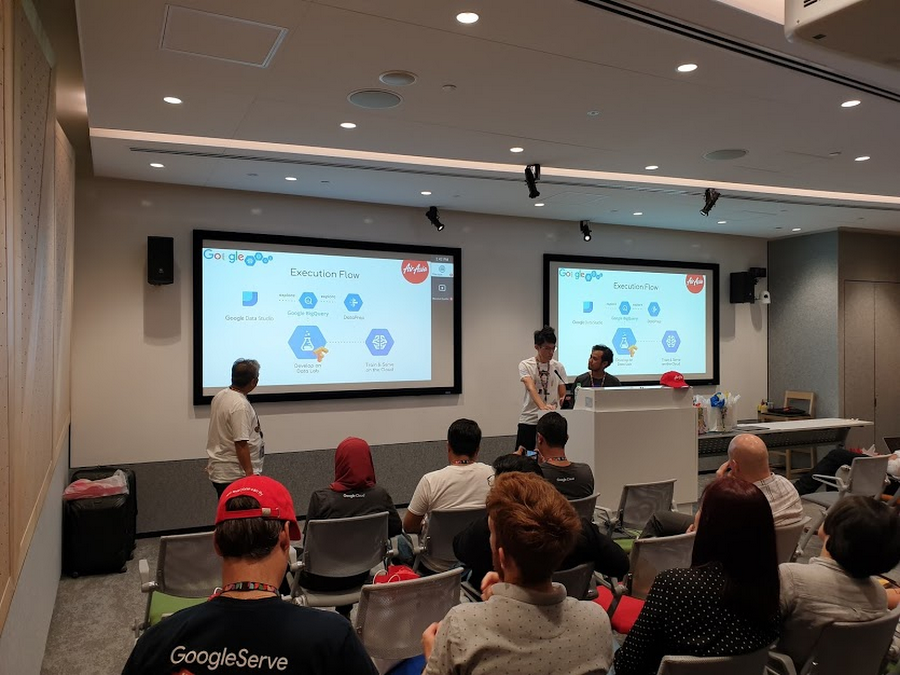

Fast forward to the final week of ASL, the open project week. The goal of the open project week is to build ML systems to solidify our skills so we can apply them back at home. Our goal was to develop a solution, build and train machine learning models, and deploy them on Google Cloud. We focused on forecasting and recommendation systems—both important topics for our firm.
This is a week of intensive development, always with coffees on the table. Though there were no more lectures or labs, the learning didn’t stop. We worked side-by-side with our Google peers to create projects for different topics that are pertinent to our industry. Our cohort was split into two groups. In our case, we built an energy forecasting model and a recommendation system, both prototypes built on public datasets that we could use as a foundation when we got back to work.
Recommendation systems have always been an interesting topic for us. It’s very interesting to gauge how an audience is clustered, how to calculate the similarity between each item to recommend, how to verify a model’s performance, etc. We first built our base model using content-based filtering to predict the movie rating given by a user using movie genres. Then, we moved to a more powerful method using collaborative filtering.
Our group encountered several challenges in employing collaborative filtering, but we turned challenges into learning opportunities. We squeezed dry our instructors to help us deal with those challenges, like datasets that can’t fit into memory, how to represent sparse matrices in TensorFlow, pre-processing data in TensorFlow to extract keywords, and others.
We did dry runs along the way to prepare for our final presentation on the last day. In attendance was our company’s CEO, our deputy group CEO, our head of software engineering, and our head of data science at AirAsia, as well as Googlers.
Finally, after the final battle—er, presentation—we took part in a closing ceremony for graduation.
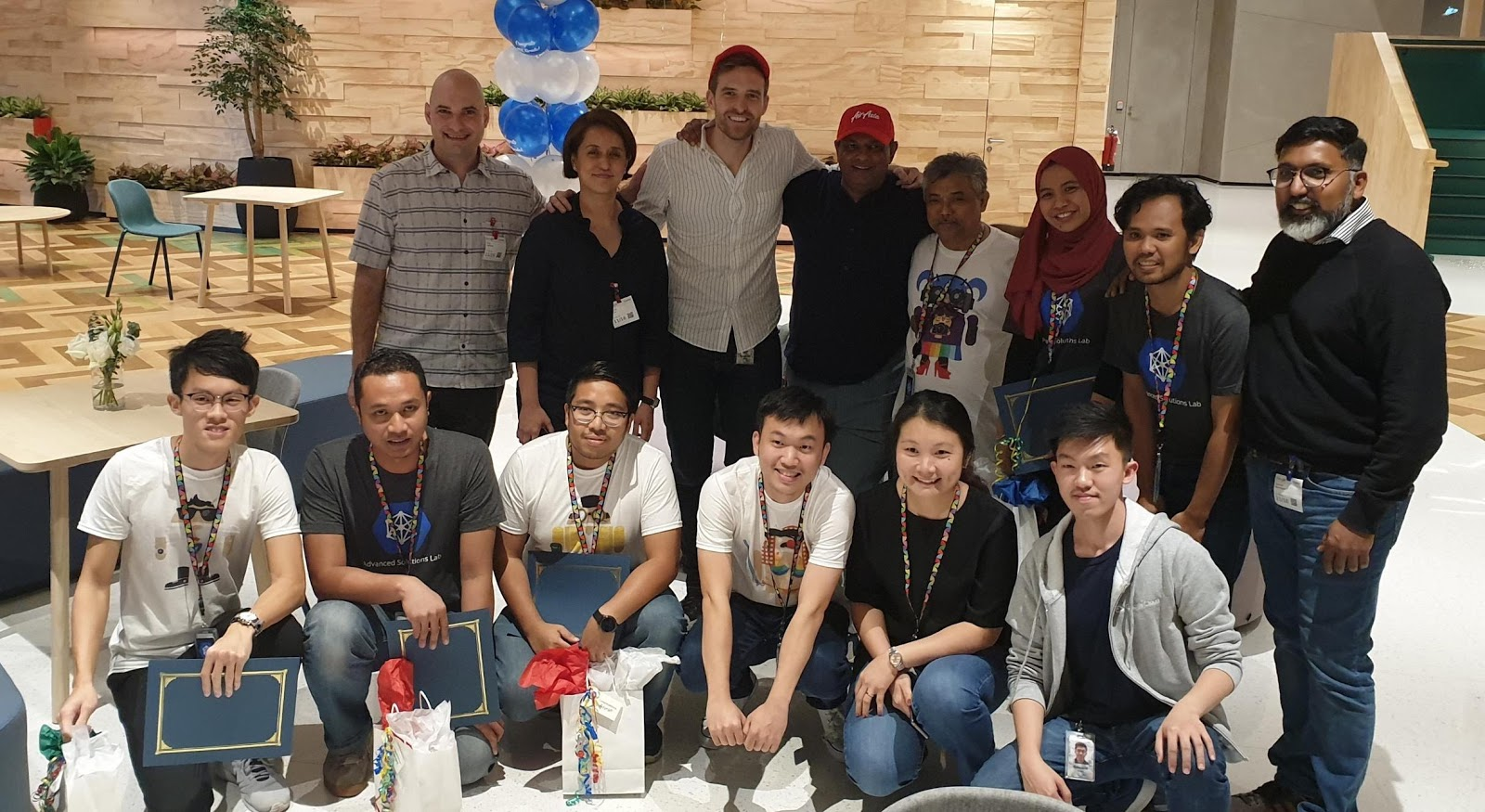

How we’re using our ASL experience
We came a long way in a month. The newfound knowledge acquired from ASL has brought lasting, positive impacts on our day-to-day work. One of us (Bing Yuan) especially learned to appreciate the beauty of algorithms like batch normalization and different variants of gradient descent, to name a few. And we’re putting the valuable skills we learned into practice. With a reinforced understanding of ML through ASL, we’re now more confident than ever in our ability to materialize robust ML models into the real world and use them to generate value for the business. To name a few of the high-impact projects: We are using this knowledge to optimize and increase ancillary sales, and promote upselling and cross-selling of the AirAsia group of products. These products include more than our airline business and include hotel bookings, travel experiences, debit services (BigPay), cargo, and more.
It’s one thing to learn about neural networks in theory, but we got significantly more value from learning to productionalize machine learning at scale with AI Platform. The ASL experience taught us common data science patterns and best practices. We learned about the common pitfalls (and how to avoid them).
Furthermore, it’s impossible to quantify the value of the informal chats (often tangential and “off-topic”) with our instructors, which helped to solidify our understanding while provoking thoughts that challenge conventions. Aside from feeding our curious minds, these discussions helped us customize the training to our firm’s specific needs and business requirements. The student-instructor bond is the key to creating this uniquely effective learning experience.
We’re excited to use what we learned. We’ll make full use of our newly acquired skills of end-to-end problem solving to supercharge marketing by increasing product uptake, upsell and cross-sell. We’re also working to optimize and reduce the money-burning segments of the business such as aircraft fuel consumption, unscheduled aircraft maintenance and preventable delays. The skills we’ve picked up from ASL will live on and continue to grow.
Learn more about ASL.



